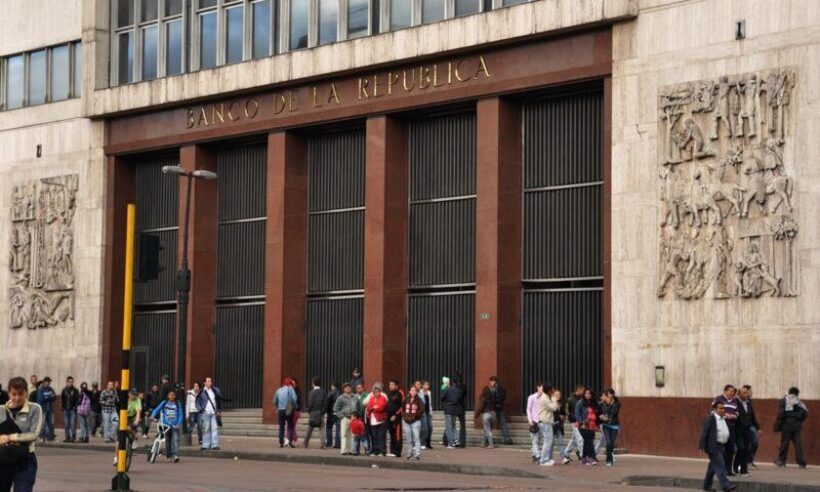Colombia’s Central Bank Holds Interest Rate Steady at 9.25%, Citing Fiscal Uncertainty and Global Pressures
In a move that surprised market analysts, the Board of Directors of Colombia’s Central Bank, the Banco de la República, voted to maintain the benchmark interest rate at 9.25% for the third consecutive month. The decision, which defied consensus expectations of a rate cut, highlights the board’s growing concerns over a complex mix of domestic and international economic pressures.
The vote, taken during the board’s July meeting, was split 4-3, mirroring the division seen in June. Four members voted to hold the rate, while two favored a 50-basis-point reduction, and one advocated for a smaller 25-basis-point cut.
According to an analysis released by Bancolombia (BCOLO: BVC), the country’s largest commercial bank, the central bank’s cautious stance is rooted in “the complexity of external financing conditions, heightened uncertainty from global trade tensions, and the slow pace of monetary policy normalization in the US.”
Inflation Easing but Expectations Remain High
The board acknowledged the continued downward trajectory of inflation. The latest data from the National Administrative Department of Statistics (DANE) showed that the annual inflation rate fell by 23 basis points to 4.82% in June, the lowest level recorded since 2021. This deceleration was primarily driven by decreases in food and regulated prices.
However, core inflation, which excludes volatile food and energy prices, remains a sticking point. Core inflation held steady at 4.79%, and short-term inflation expectations, while stable compared to the previous month, are still above the central bank’s target range of 2% to 4%. Year-end inflation expectations for 2025 currently stand at 4.8%, with 12-month expectations rising slightly to 3.90%.
Fiscal Policy Concerns Weigh on Monetary Decisions
While not explicitly mentioned in the central bank’s official statement, Bancolombia’s analysis points to a significant underlying factor: the fiscal outlook. The investment bank noted that the central bank has “repeatedly warned about the impact of the fiscal situation on monetary policy.”
These concerns have been amplified by the recent presentation of the proposed 2026 national budget by the Ministry of Finance and Public Credit. The budget calls for a 6.5% increase in spending over the 2025 budget, reaching a total of $556.9 trillion COP. According to Bancolombia, this suggests an increase in primary spending based on optimistic assumptions of lower government interest payments and higher revenues, heightening “concerns over local fiscal uncertainty.”
Outlook: A Cautious Path Ahead
The decision to hold the rate steady introduces an “upward bias for the year-end policy rate,” according to the Bancolombia report, which suggests the rate could remain above 8.50%. The bank’s analysts expect the central bank to maintain a “cautious, data-dependent approach” in the coming months.
Key factors that will continue to shape the central bank’s decisions include persistent upward pressures on inflation from the planned minimum wage increase, elevated inflation expectations, the aforementioned fiscal uncertainty, and tight global financial conditions. While economic activity indicators show continued momentum, driven by a recovery in private sector domestic demand, the central bank appears to be prioritizing stability and a firm anti-inflationary stance in the face of a challenging and uncertain economic environment.
Banco de la República, the central bank of Colombia, in Bogotá. Photo credit: Banco de la República.

























